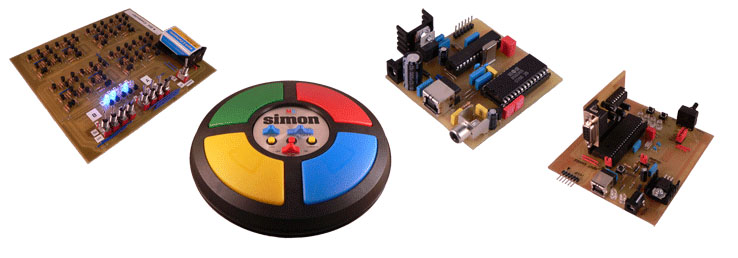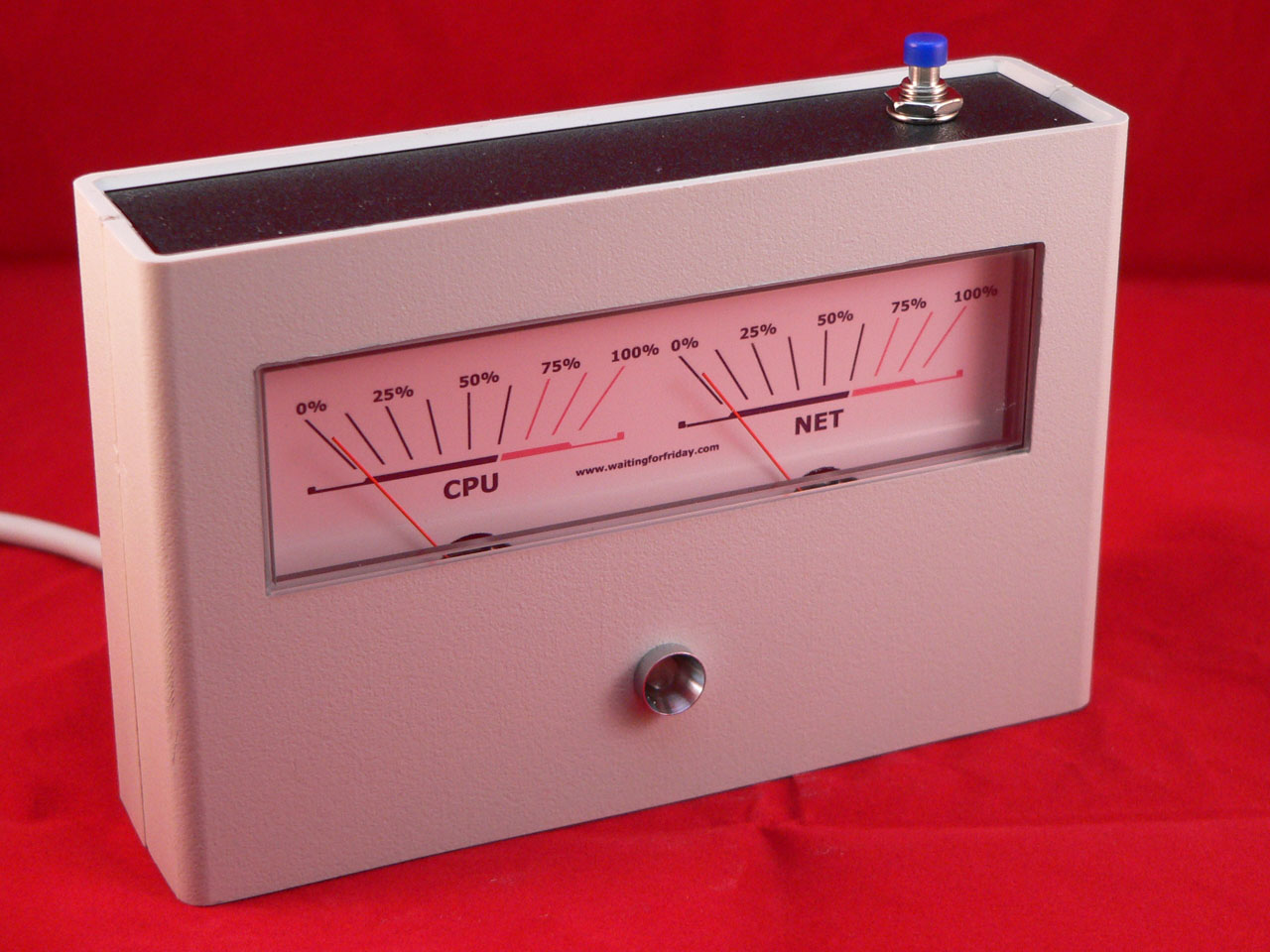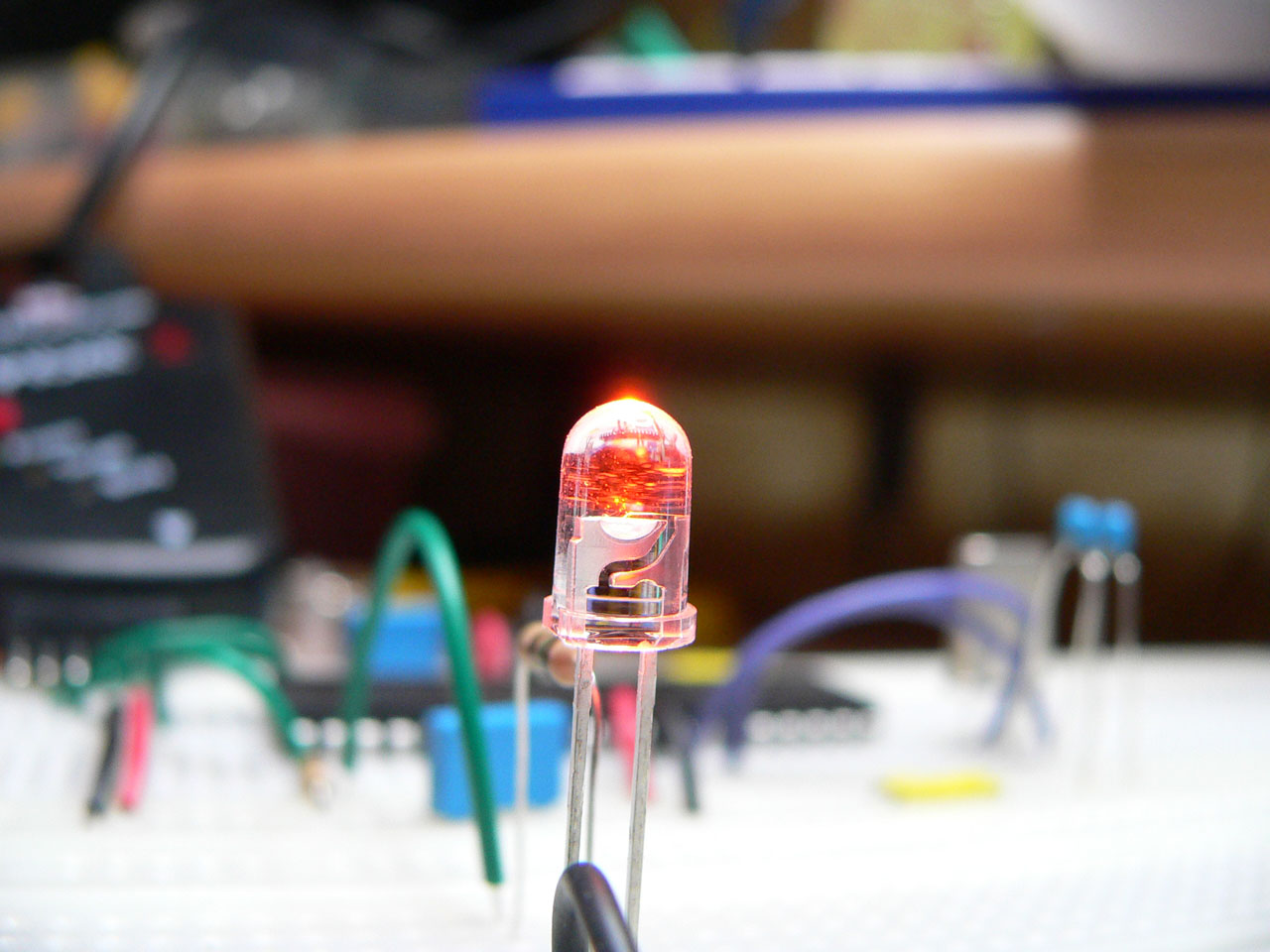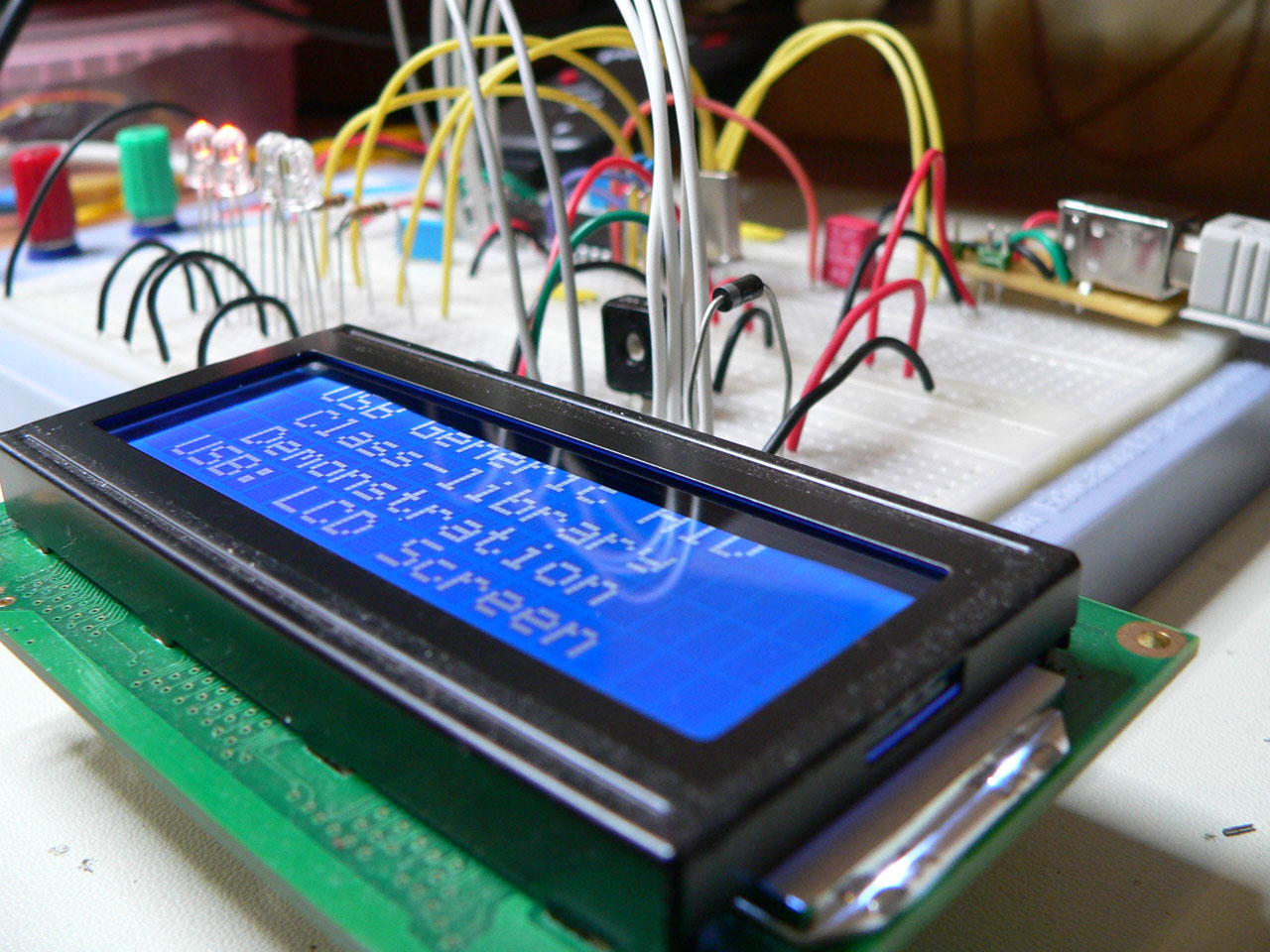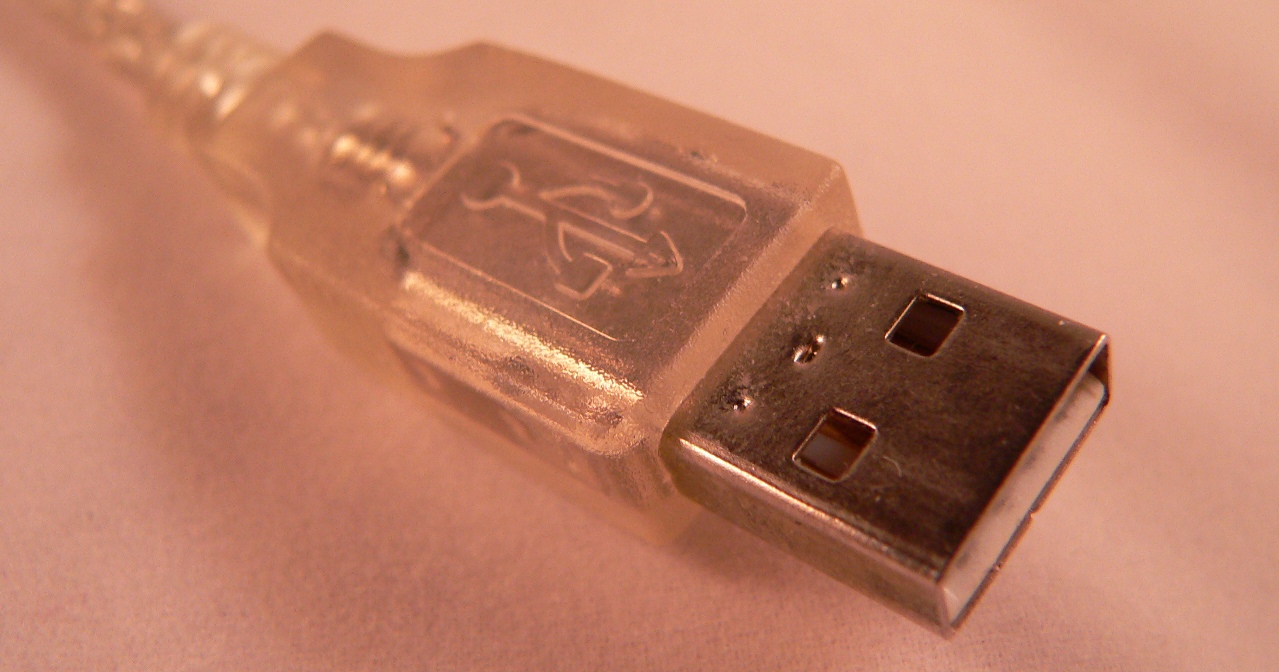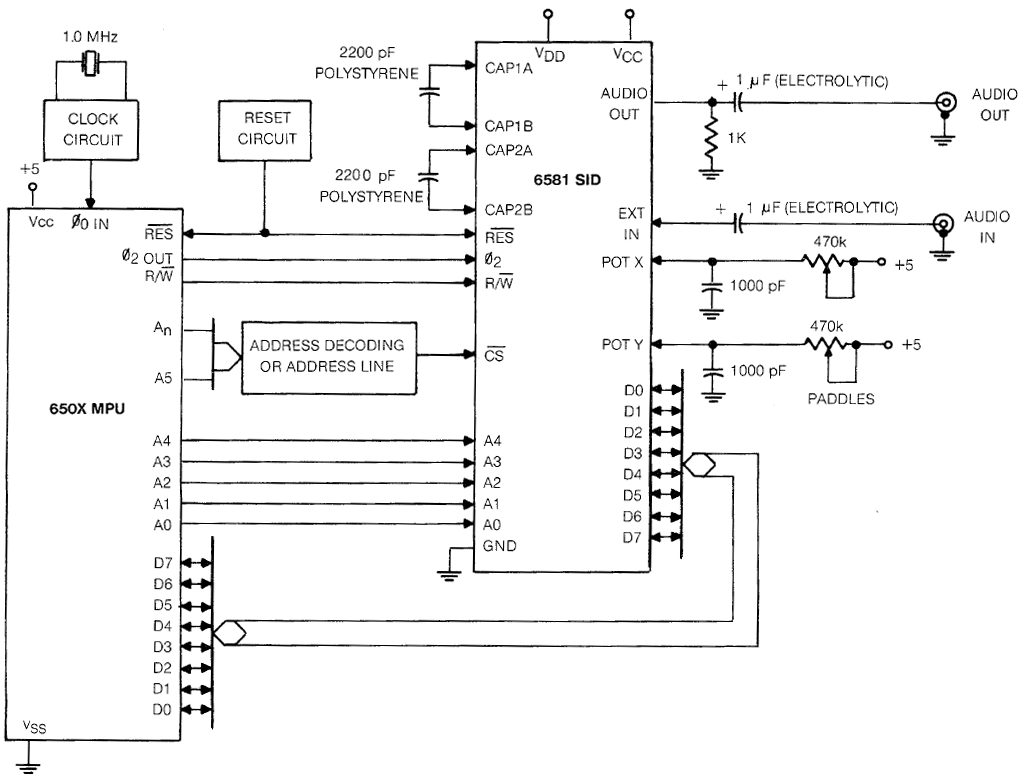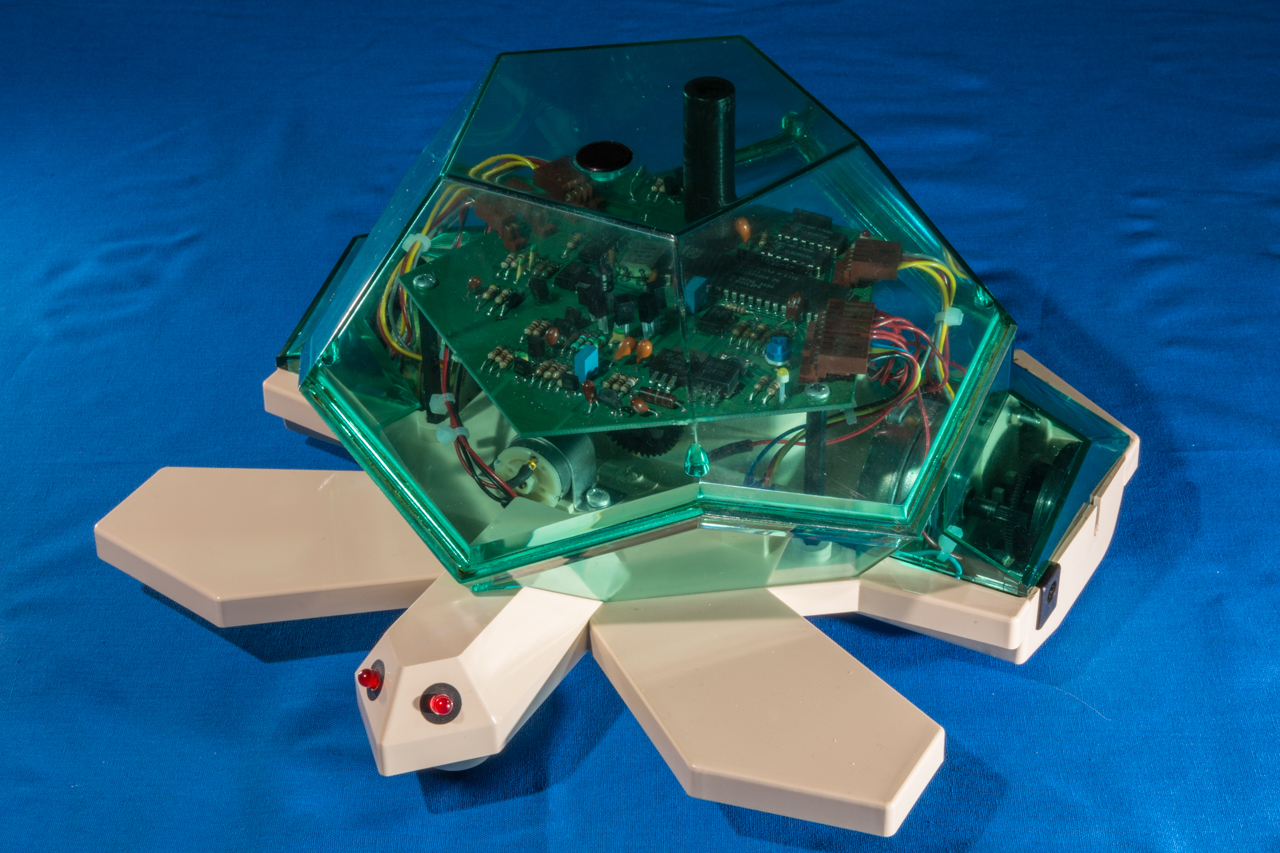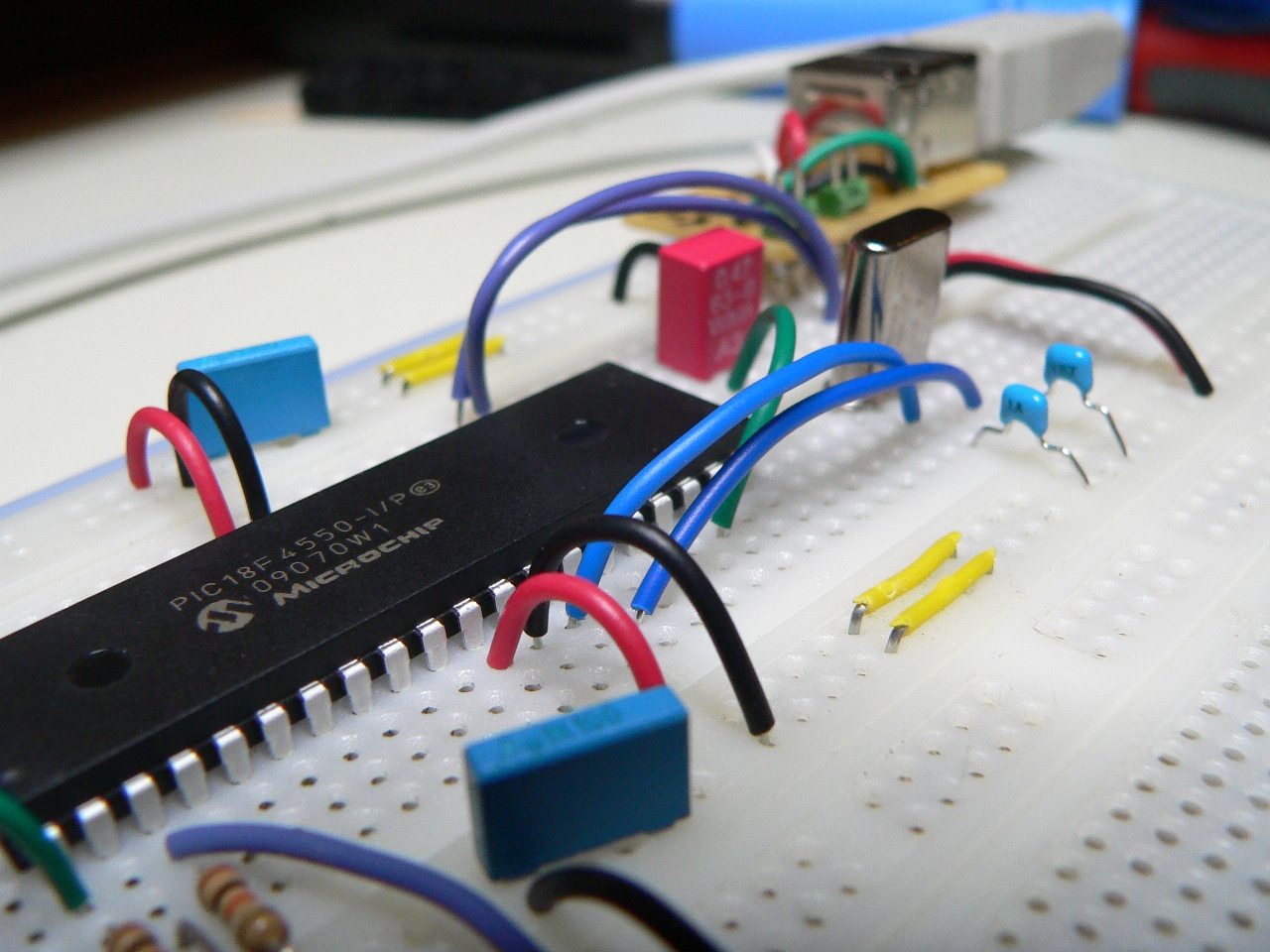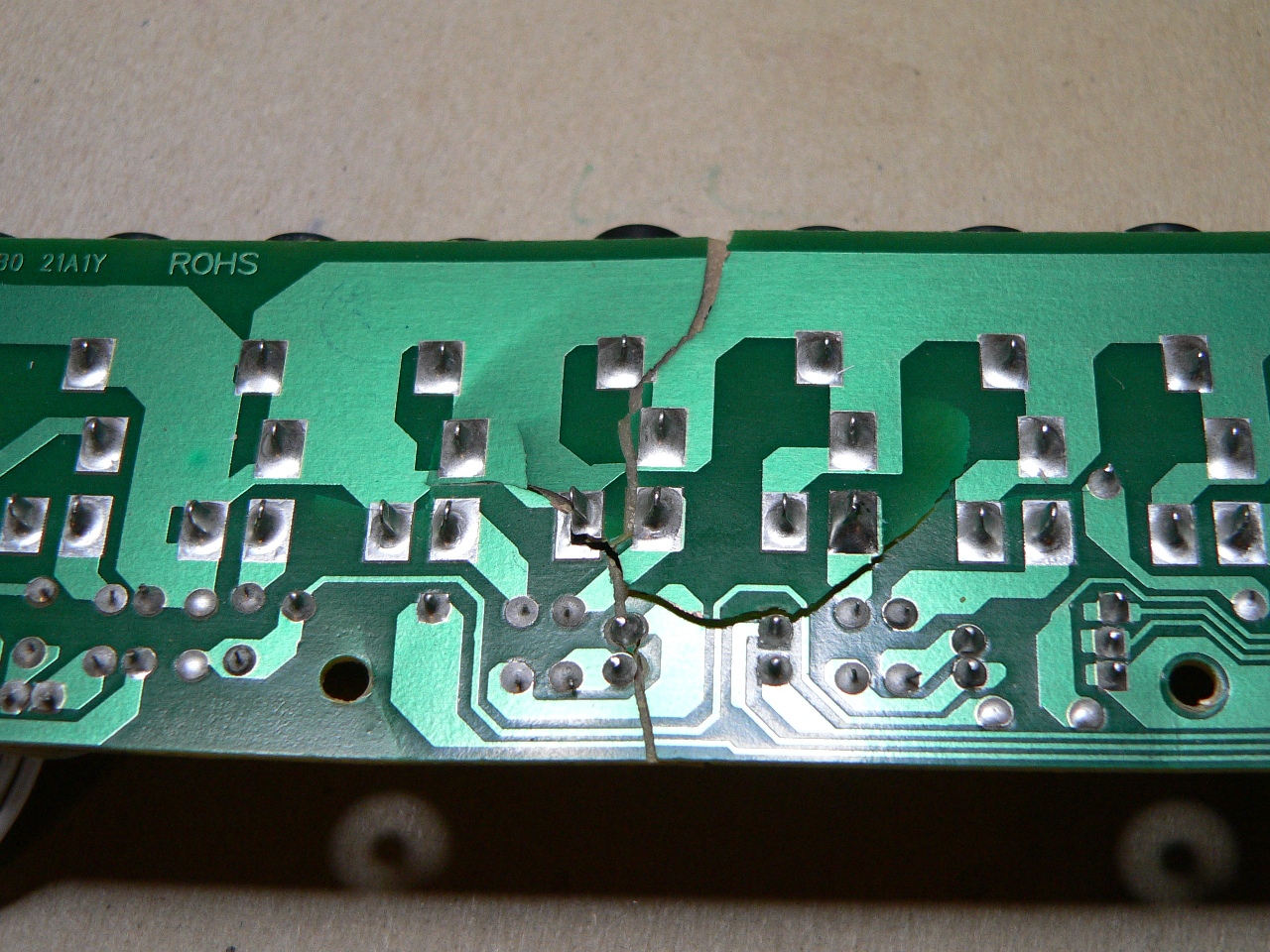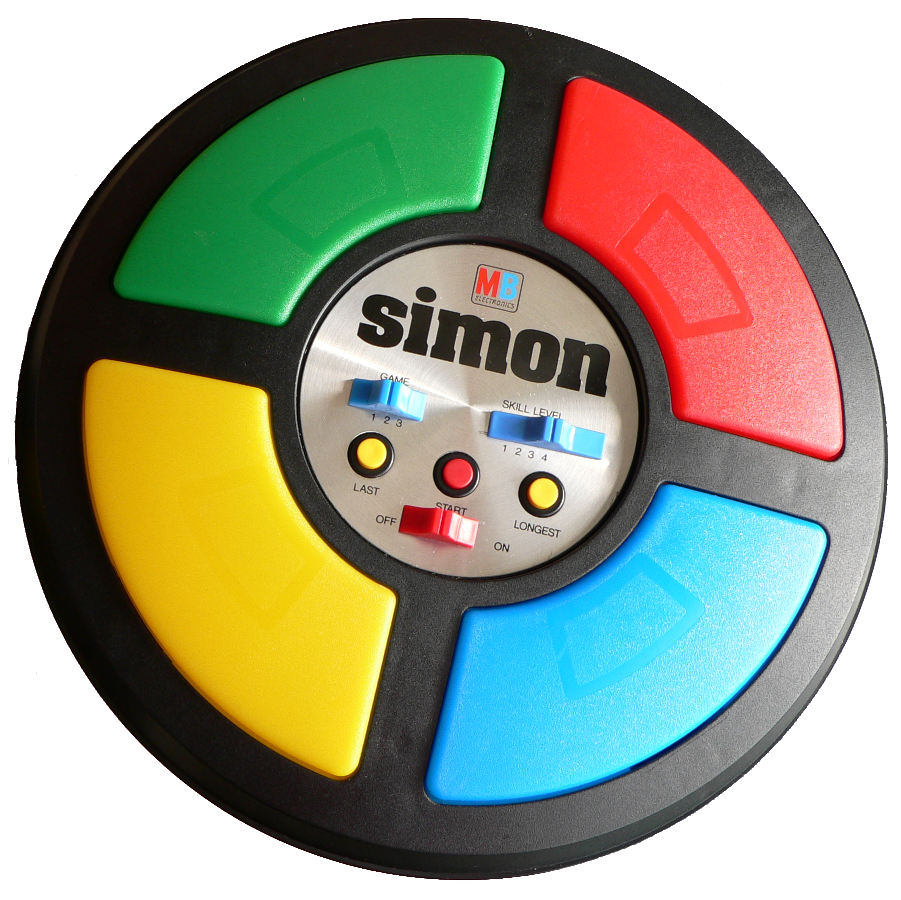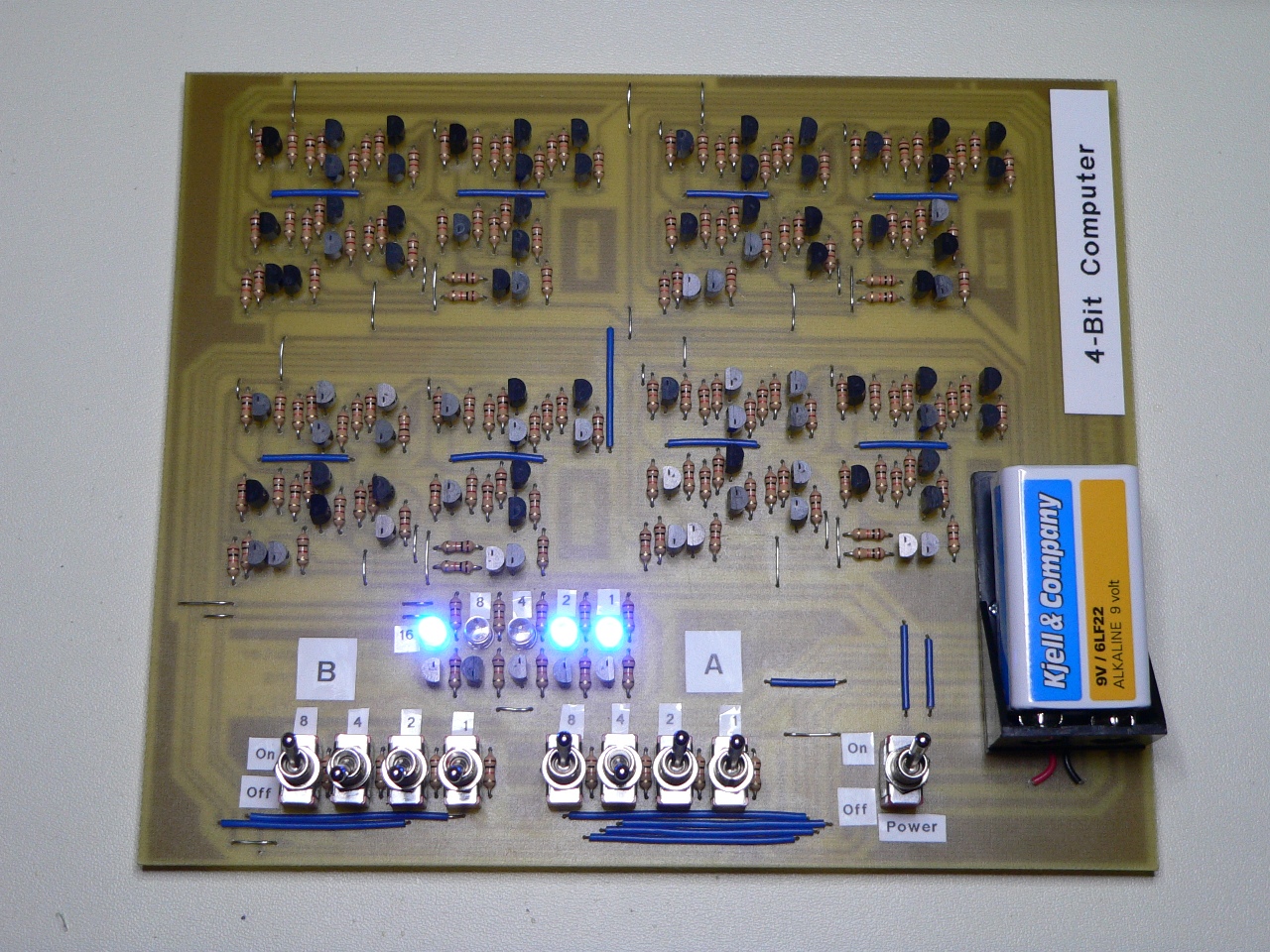USB Performance Monitor
- Posted by Simon Inns
- Posted on April 21, 2010
- PIC Microcontroller,USB
- 6 Comments.
The USB Performance monitor is a PIC18F2550 based device which shows the performance of your computer using two analogue meters and a RGB LED. The design is based around a stock Hi-Fi VU-meter which is controlled using PWM from the PIC18F microcontroller. This project was inspired by a friend of mine who wanted a way […]
Controlling LED brightness using PWM
- Posted by Simon Inns
- Posted on April 15, 2010
- Light,PIC Microcontroller
- No Comments.
Pulse Width Modulation or PWM is a term you hear a lot if you are interested in controlling power output using a microcontroller. It has many applications, although one of the most popular amongst hobbyists is controlling the brightness of LEDs. In this tutorial we will cover the basic principles behind PWM and how it […]
Open Source Framework for USB Generic HID devices based on the PIC18F and Windows
- Posted by Simon Inns
- Posted on April 8, 2010
- PIC Microcontroller,USB
- 7 Comments.
If you’ve dabbled with PIC18F microcontrollers and the USB Generic HID standard before (perhaps you’ve even tried my Building a PIC18F USB device project) then you will have noticed that there is a lot of complexity in supporting USB on both the PIC18F and the Windows host-side of things. Getting beyond the basic steps of […]
Open Source Visual C++ Class for USB Generic HID Communication
- Posted by Simon Inns
- Posted on March 30, 2010
- PIC Microcontroller,USB
- No Comments.
If you’ve tried to build your own PIC USB devices (perhaps following my earlier tutorial Building a PIC18F USB device) you will have noticed that the Windows host code (based on the Microchip USB stack examples) is far from clear on how to communicate with the device. To make matters easier for people who are […]
Commodore SID 6581 Datasheet
- Posted by Simon Inns
- Posted on March 25, 2010
- Retro Computers,Sound
- No Comments.
This article is a reproduction of the original Commodore 6581 Sound Interface Device (SID) datasheet. I made this by taking a photocopy of an original document and using OCR to capture the content, then the document was hand-edited, formatted for mediawiki and reassembled here with (cleaned-up and straightened) diagrams and tables. The reason for this […]
Valiant Turtle
- Posted by Simon Inns
- Posted on March 24, 2010
- Acorn,Retro Computers,Reverse engineering,Robotics
- 12 Comments.
The Valiant Turtle is a floor roving robot made by Valiant Technologies and was a popular education robot for teaching geometry and programming during the 1980s and 1990s. The robot was first sold in 1983 and was often used with the LOGO programming language. I started writing this article in 2009 when I obtained my […]
Building a PIC18F USB device
- Posted by Simon Inns
- Posted on March 20, 2010
- PIC Microcontroller,USB
- 21 Comments.
I get a number of emails every month asking about creating USB devices using the PIC18F microcontroller. After looking at projects such as my Atari Joystick USB Adaptor and C64 VICE Front-End there seems to be a demand for more information on how to ‘hack your own’. In this article I will show how to […]
PCB Repair
- Posted by Simon Inns
- Posted on March 7, 2010
- Repair
- No Comments.
This article shows how you can perform repairs on snapped or broken PCBs. Quite often, whilst repairing old computers or other electronics, I find badly damaged PCBs. Recently my brother-in-law asked me to take a look at a head-unit from an electronic drumkit. My nephew had managed to smash the mounting pole up into the […]
UltimateSIMON
- Posted by Simon Inns
- Posted on January 30, 2010
- Light,PIC Microcontroller,Reverse engineering,Sound
- No Comments.
UltimateSIMON is a project which takes a broken MB Electronics SIMON game and replaces the original PCB with a completely custom PIC18F2550 based board with improved sound, lights and the ability to be programmed and customised. There’s even a USB header, in case you want to make the project even more crazy. There are a […]
4-Bit Computer
- Posted by Simon Inns
- Posted on January 30, 2010
- Retro Computers
- 25 Comments.
If you’ve ever wondered how electronic devices like computers can count, this article gives a simple introduction to binary and logic and shows how they are tied together with electronics to make both simple and complex computers. Please note: There are a couple of mistakes on the slides in the youtube video which are shown […]
Donate to waitingforfriday.com:
If you like this site and want to help support future projects, or you just want to show appreciation for a project you built, used or enjoyed, please consider leaving a PayPal donation. It’s quick, secure and helps us to run the site and fund future projects!

